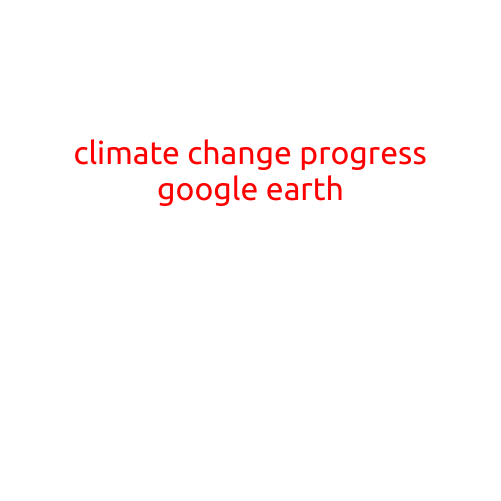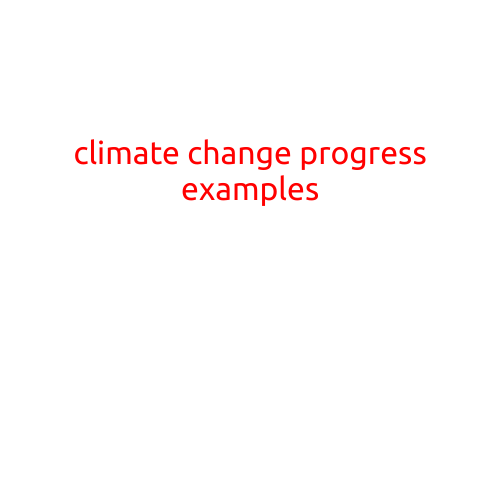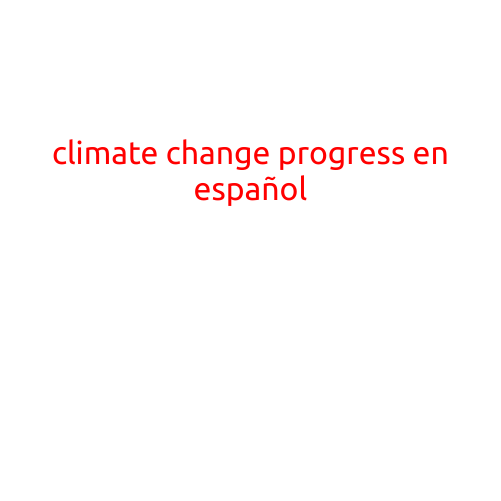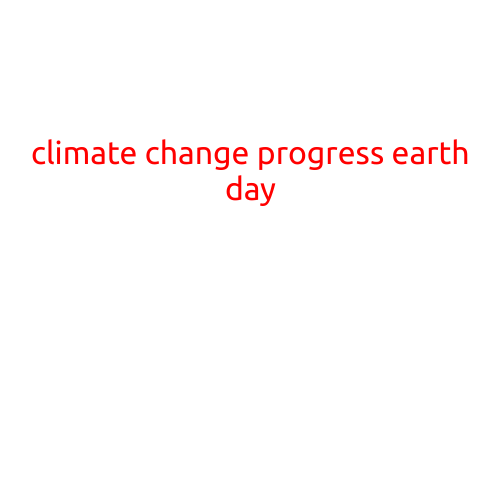
Climate Change Progress: A Journey Through Google Earth
As the world grapples with the daunting challenge of climate change, it’s essential to take stock of the progress we’ve made so far. From ambitious international agreements to innovative technologies and grassroots movements, there are countless stories of climate action and resilience. But sometimes, it’s helpful to put our efforts into perspective by visualizing the big picture. That’s where Google Earth comes in.
A Visual Representation of Climate Change
Google Earth, a digital globe that allows users to explore and interact with the Earth’s surface, has become a go-to tool for climate scientists, researchers, and enthusiasts. By plunging into Google Earth, we can witness the striking impact of human activities on our planet. For instance, we can:
- Track sea-level rise: Using Google Earth’s “Timelapse” feature, we can visualize the dramatic increase in sea levels over the past century, with more than 20 centimeters of rise since 1880.
- Monitor deforestation: Fly over the Amazon rainforest and see the devastating effects of deforestation, with large swaths of pristine land cleared for agriculture, urbanization, and other human activities.
- Explore melting glaciers: Visit Alaska’s Mendenhall Glacier, which has lost over 900 meters of thickness in the past century, or marvel at the vanishing ice sheets of Greenland, which are losing ice mass at an unprecedented rate.
- Witness the impact of climate change on wildlife: Observe the reduced populations of iconic species like African elephants, mountain gorillas, and songbirds, all threatened by habitat destruction, fragmentation, and climate-related disruptions.
Breaking Down Barriers: Climate Progress
Despite the daunting challenges, there are numerous success stories and initiatives making a positive impact. Google Earth can also showcase these achievements, such as:
- Renewable energy growth: Zoom in on wind farms and solar panels springing up across the globe, providing a clean alternative to fossil fuels.
- Climate-resilient infrastructure: Explore cities and towns that have incorporated green infrastructure, such as green roofs, green walls, and urban forests, to mitigate the impacts of extreme weather events.
- Water conservation efforts: Visit the drought-stricken regions of the United States, where innovative irrigation systems and water-saving technologies are helping to stretch this precious resource.
- Community-led climate action: Join local initiatives, such as urban gardens, community clean-ups, and eco-friendly transportation projects, that demonstrate the power of grassroots involvement.
The Next Frontier: Leveraging Google Earth for Climate Change Progress
As we continue to grapple with the complexities of climate change, Google Earth can help us:
- Raise awareness: Share stunning visualizations with policymakers,business leaders, and the general public to illustrate the pressing need for climate action.
- Inform policy decisions: Provide governments and international organizations with data-driven insights to inform climate-friendly policies and investments.
- Stimulate innovation: Inspire developers, entrepreneurs, and researchers to create new climate-resilient technologies, such as climate-adaptive agriculture, smart grids, and climate-smart infrastructure.
In conclusion, Google Earth offers a powerful platform for visualizing the impacts of climate change and the progress we’ve made towards tackling this global challenge. By leveraging this tool, we can amplify our climate efforts, inspire further action, and build a more sustainable future for all.





